I've been labelling @katana a 'sector specific' L2 because of its asserted effort to focus on DeFi.
Today, I'm deep diving into Katana's flywheel and how it keeps the whole system running for boosted yields.
The @katana flywheel🧵0/6
If you want to learn about Katana and the pre-deposits to earn $KAT check out:
Now - 6 points on how Katana creates a flywheel effect for boosted yields:
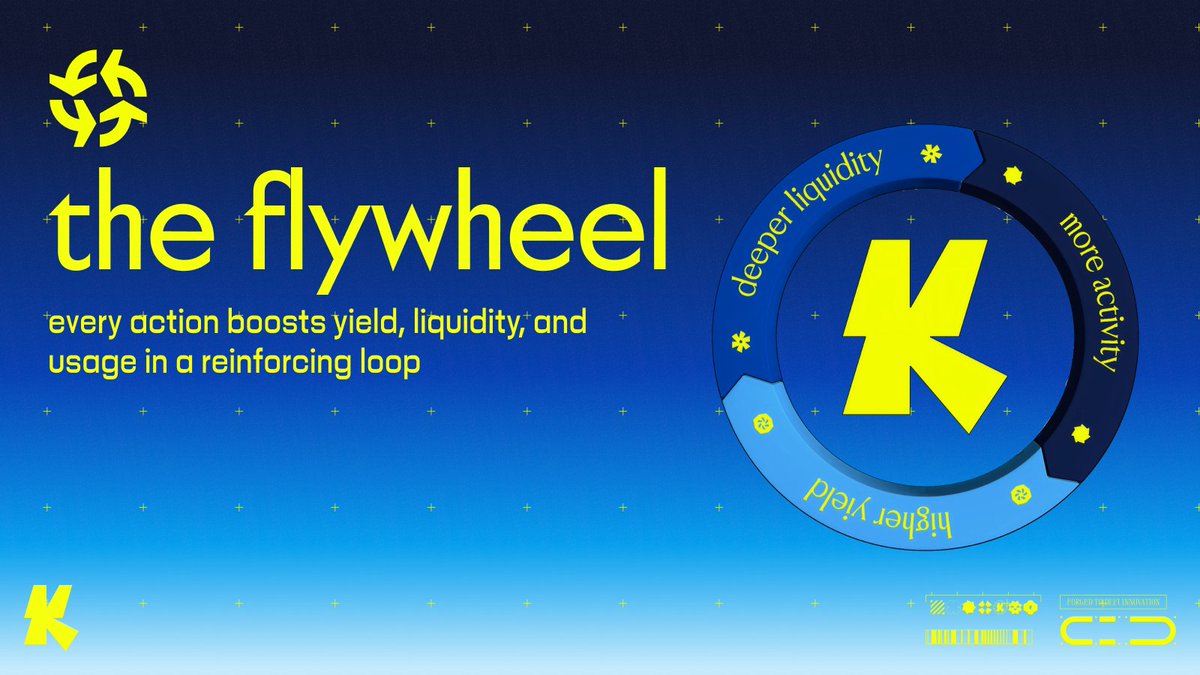
1) Users deposit blue-chip assets like ETH, USDC, WBTC etc. into vaultbridge on Ethereum and receive vbTokens on Katana. The yield generated from this vault bridge is then routed to chosen DeFi liquidity pools.
For example, if theoretically vbUSDC was earning 4% APY on the ETH and 4% APY on Katana - you've got 8% yield. Impressive, now let's see Paul Allen's flywheel.
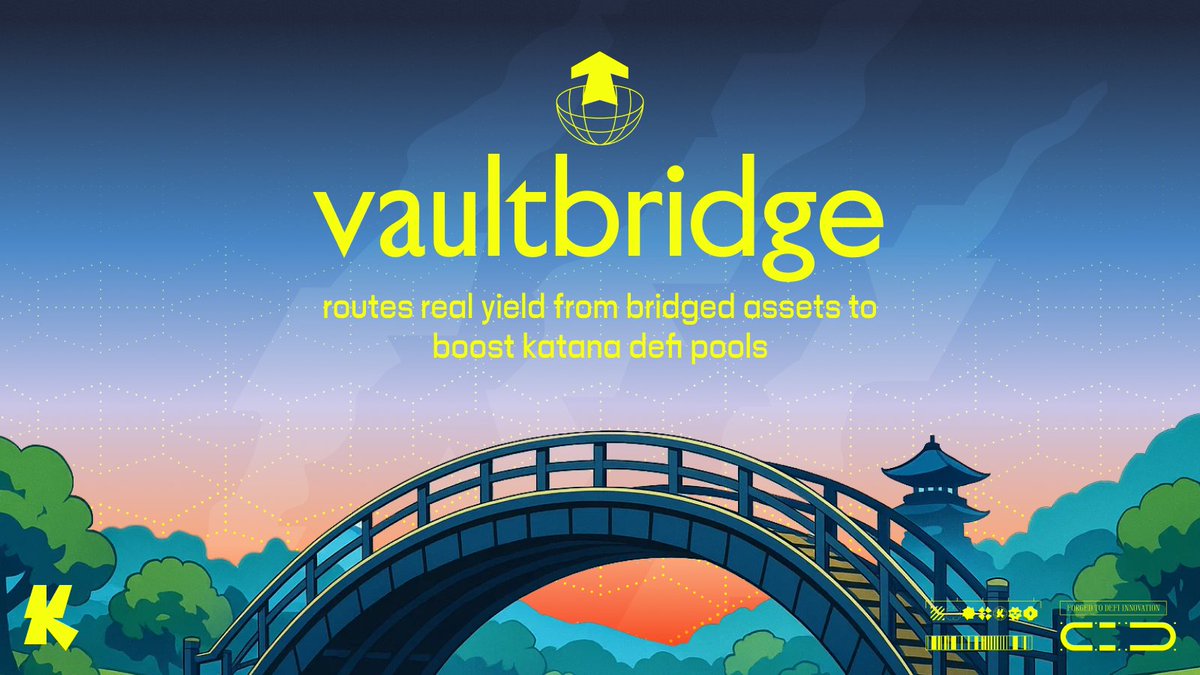
2) Using the previous example, your idle vbUSDC *does not* passively earn yield in your wallet.
To earn the real yield generated from vaultbridge, users must deploy vbTokens into core DeFi apps on Katana.
This encourages productive TVL and fees for the sequencer (more on that later)
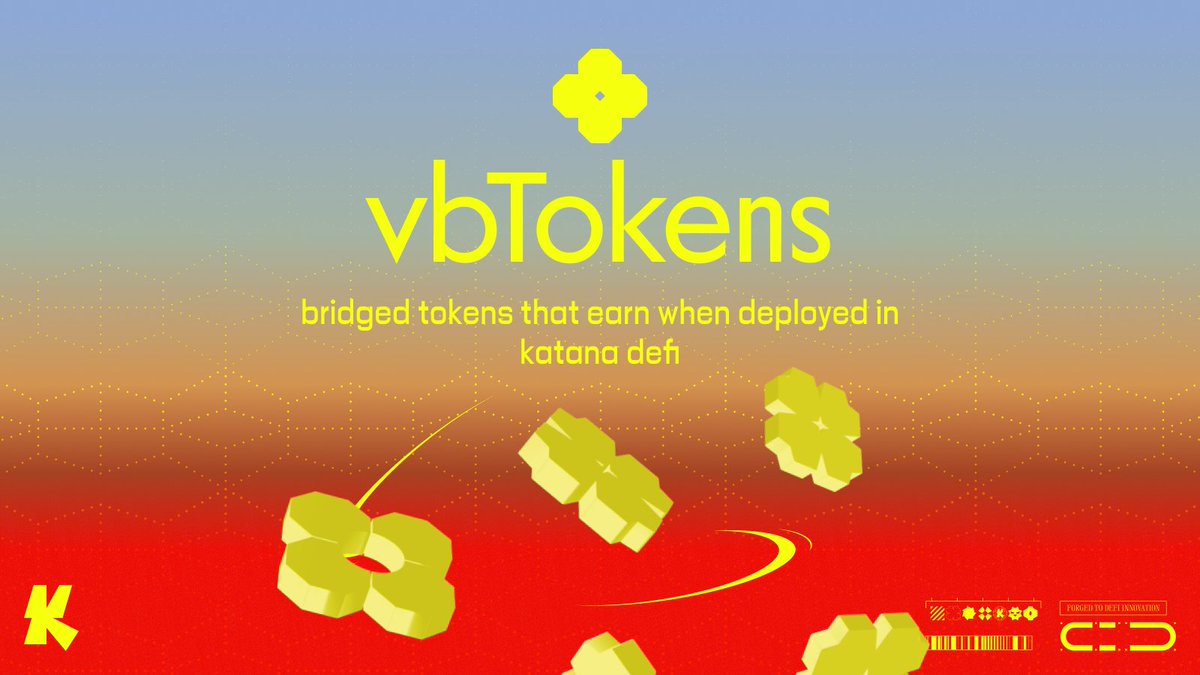
3) Chain-owned liquidity (CoL) the TL:DR on this is on other chains the users are solely responsible for the liquidity within DeFi liquidity pools; which can leave it fragmented and unproductive.
On Katana, the chain itself acquires and holds liquidity positions to ensure there's always a baseline of liquidity to support traders and lending pools - in addition to normal users liquidity.
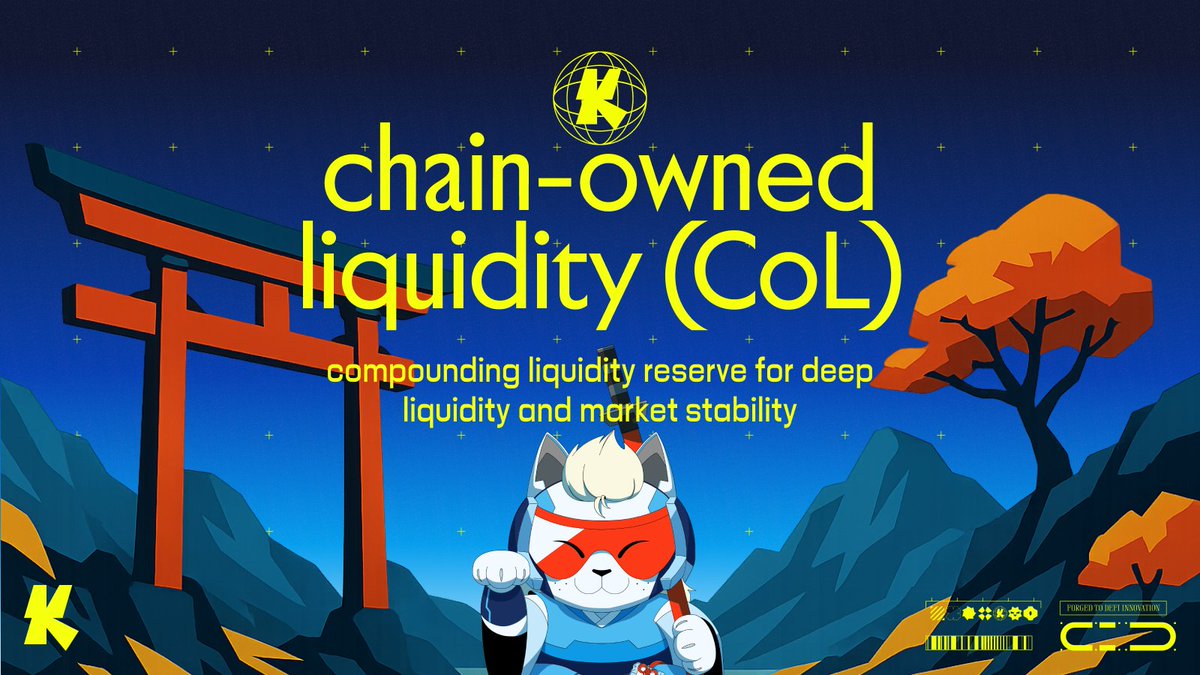
4) AUSD by Agora @withAUSD - the way other stablecoins like USDT and USDC work is they are backed by off-chain US treasuries which earn yiel. However, users don't see any of that yield - it goes to share holders.
With AUSD, a portion of the revenue is sent back to Katana ecosystem in the form of liquidity mining incentives for lending markets etc. This is a fairer system for everyone.
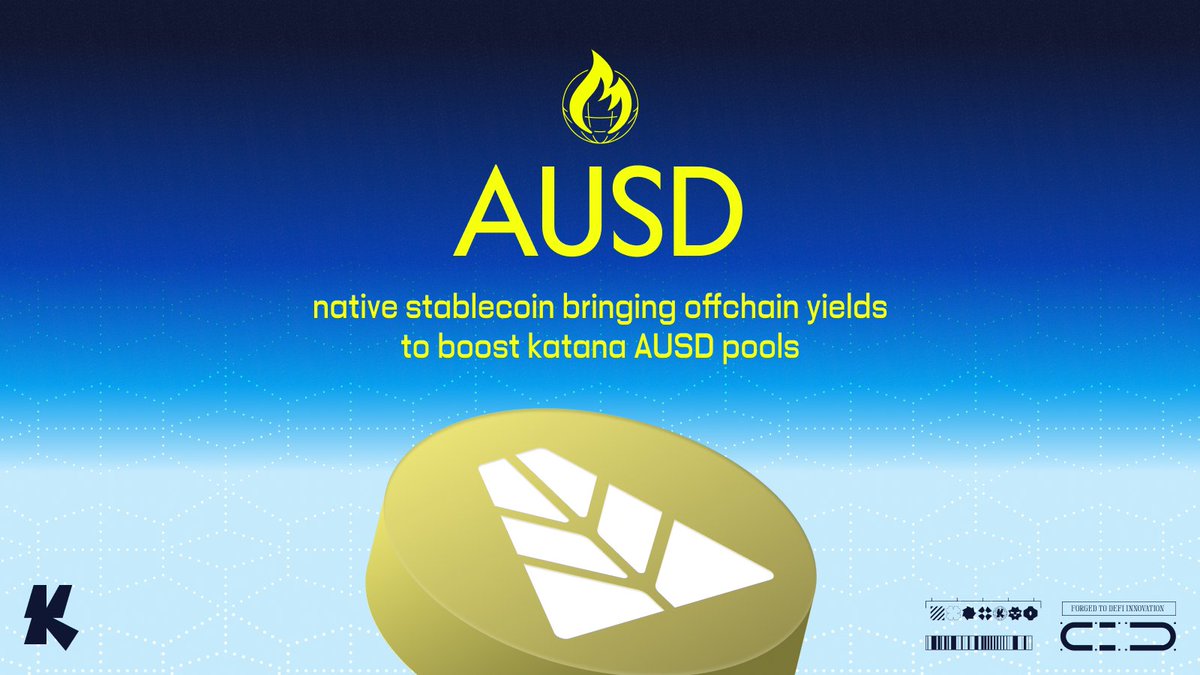
5) Core apps. Specific apps are chosen to receive the vaultbridge yield and CoL flow.
This means incentives aren't spread thinly across 20 different DEXes or lending protocols - instead they are concentrated in a small set of deeply integrated core apps & assets.
These core apps are ‘chain-aligned’, meaning they not only receive liquidity mining incentives and CoL, but they also route a portion of their revenue back to the chain. This helps fund the CoL and create more yield incentives.
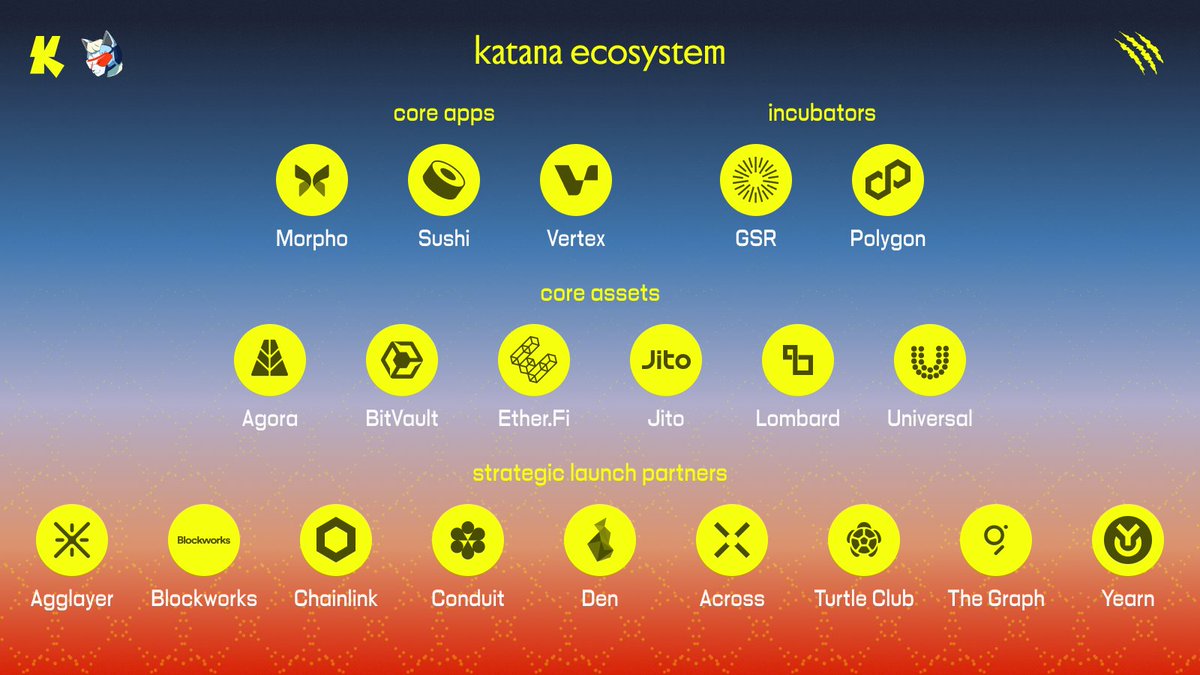
6) Sequencer fees on katana, 100% of net sequencer fees are deployed into CoL and boosted yield for defi pools. Meaning, the L2 fees you spend on transactions eventually end up as liquidity mining incentives later down the line.
So instead of extracting value from user activity, @katana recycles it back into the chain liquidity creating a constant DeFi flywheel.
That's it for today. Next time I'll be looking into unclaimed $KAT from the pre-deposits 👀
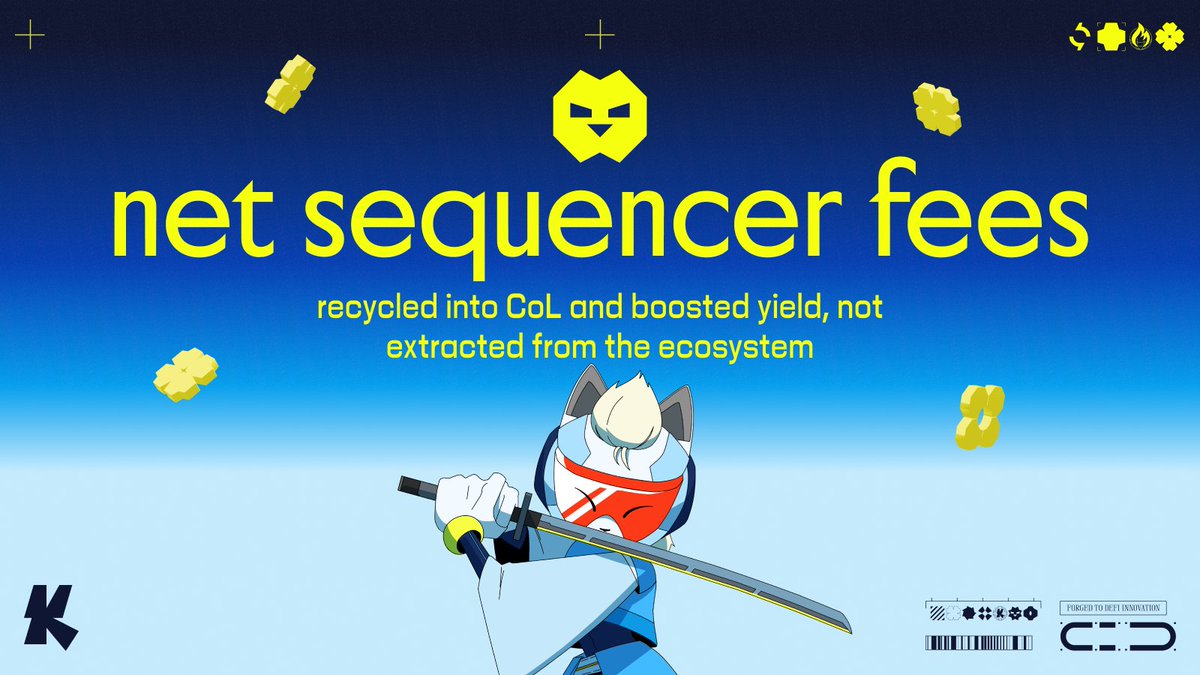
17.24K
108
The content on this page is provided by third parties. Unless otherwise stated, OKX is not the author of the cited article(s) and does not claim any copyright in the materials. The content is provided for informational purposes only and does not represent the views of OKX. It is not intended to be an endorsement of any kind and should not be considered investment advice or a solicitation to buy or sell digital assets. To the extent generative AI is utilized to provide summaries or other information, such AI generated content may be inaccurate or inconsistent. Please read the linked article for more details and information. OKX is not responsible for content hosted on third party sites. Digital asset holdings, including stablecoins and NFTs, involve a high degree of risk and can fluctuate greatly. You should carefully consider whether trading or holding digital assets is suitable for you in light of your financial condition.

